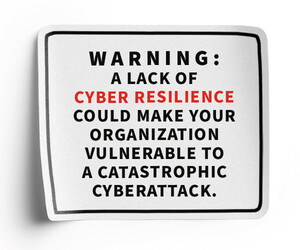Translate Security Into the Language of Business
First, assume that most of your colleagues are less familiar with the risks than you are. People outside of IT often don’t think about cyber risk because they’re focused on their own responsibilities.
One way to educate people who don’t fully grasp the nuances of cybersecurity is to adopt the language used throughout the organization to discuss business topics. Learn what motivates key stakeholders and craft your story with the same language.
Cybersecurity isn’t just about stopping threats. Strong security protects revenue, earns trust and gives your team the confidence to try new things. In other words, it’s not just a safeguard, it’s a way to support growth. Framing it this way helps leadership see security as a foundational enabler for sustainable growth instead of just a cost center or compliance requirement.
READ: CDW's 2024 cybersecurity report reveals how IT leaders are managing the threat landscape.
It’s also worth your time to learn what your key stakeholders value. What might motivate them to take cybersecurity seriously? For example, a sales leader might worry about maintaining trust with customers and prospects, so emphasize how a breach erodes that trust and kills deals.
Are you meeting with the board of directors, department heads or frontline staff? Each group cares about different things. A board might want to understand risk exposure. Managers may be more focused on protecting day-to-day operations. Shape your message to reflect their priorities and responsibilities. That’s how you get people to pay attention.
Click the banner below to receive more stories from our new publication, BizTech: Small Business.













